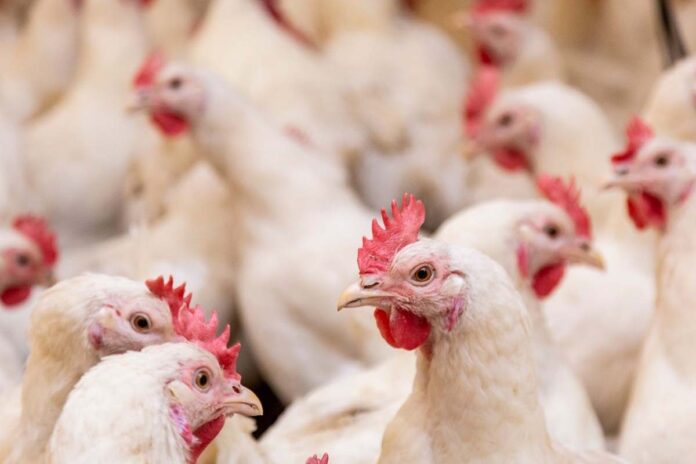
Excreta counting techniques in eggs can provide valuable information for assessing flock infection levels, selecting nematode resistant chicken breeds and for determining anthelmintic efficacy.
Although the Modified McMaster (MDM) method has been used for a long time, it is generally considered to have low sensitivity and precision (Das et al., 2020). The Mini-FLOTAC (MF) is a more recently developed commercial flotation method for excreta which could be a good alternative to replace MDM. The aim of this study was to compare the MF to the traditional MDM for their sensitivity, accuracy and precision using egg spiked chicken excreta samples. Time spent on sample processing and operator factors was also evaluated. The diagnostic performance of the methods was compared using chicken excreta spiked with Ascaridia galli in a 2 x 2 x 3 x 4 factorial experiment testing the effects of excreta egg counting method (MDM with analytical sensitivity of 40 EPG, and MF with analytical sensitivity of 5EPG), person preparing the sample (preparer A and B), excreta egg counts (EPG, eggs/g) level (5, 50, 500 EPG) and person doing the egg counting (1, 2, 3, 4). EPG value was tested for normality and transformed by cube root prior to data analysis to meet the best assumption of analysis of variance. EPG and times were subjected to analysis of variance fitting the four effects tested in the model and interactions up to 3-way using JMP 14. The sensitivity of each technique was calculated as follows: [(total number of observed positive samples (true positive)/the total number observation for each EPG level and method)*100]. Moreover, precision (i.e. how close measurements are to each other) was calculated by subtractions of coefficient variation (CV) from 100 (precision=100-CV).
The overall sensitivity of MF and MDM at detecting positive samples across all EPG levels was 79.2% and 68.3%, respectively. However, MF was significantly (P=0.0467) more sensitive than MDM at the 50 EPG level. The overall mean eggs recovery rates of MF and MDM were 24.6 and 35.9 EPG, respectively (P = 0.08). However, the mean eggs count between EPG levels was significantly different (P<0.0001). Furthermore, the logistic interaction between excreta egg counting methods and EPG level was significantly different (P=0.0026), whereas the two and three ways logistic interaction between methods, preparers and observers did not have a significant effect on mean eggs recovery of spiked eggs (P=0.42-0.97). The average precision of MDM across all EPG levels was 72.6%, whereas it was 77.7% for MF. There were no significant differences between observers and preparers for mean egg count with respective EPG levels and methods; however, operator factors can generally cause an unexplained source of variation. The total time taken for sample preparation and counting of eggs (slide reading) was significantly lower with MDM (5 min) than with MF (22 min) (P<0.0001). In conclusion, MDM was relatively more accurate but less sensitive and precise than MF. Taken as a whole, our observation suggests that the MDM method appears to be more appropriate for rapid diagnosis of chicken nematodes in the field. Our finding is in line with a recent study (Das et al., 2020) who concluded that MDM is faster, relatively more accurate but less precise than Mini-FLOTAC.
References:
Daş G, Klauser S, Stehr M, Tuchscherer A & Metges CC (2020) Vet. Parasitol 283: 109158.
From the Proceedings of the Australian Poultry Science Association – 2021

















